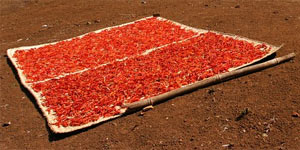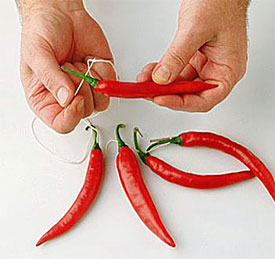HellfireFarm
eXtreme Business
I'm wondering about the different flavors you get from dried chiles. How much is the variety, how much the local conditions, and how much the drying method?
For example, ALL New Mexico and California chile I buy (Hatch in particular but any others as well) tend to have a deep, earthy flavor. Same with Paprika. But my ground Anaheims - pretty much same as the NM - are really bright and fruity, as is my homemade paprika from bell peppers. Big Jim's I grow aren't much different than the Anaheims, and that's a Numex variety.
The fruity flavor is fine, but I also want that rich eartly flavor. How do I get that?
For example, ALL New Mexico and California chile I buy (Hatch in particular but any others as well) tend to have a deep, earthy flavor. Same with Paprika. But my ground Anaheims - pretty much same as the NM - are really bright and fruity, as is my homemade paprika from bell peppers. Big Jim's I grow aren't much different than the Anaheims, and that's a Numex variety.
The fruity flavor is fine, but I also want that rich eartly flavor. How do I get that?


